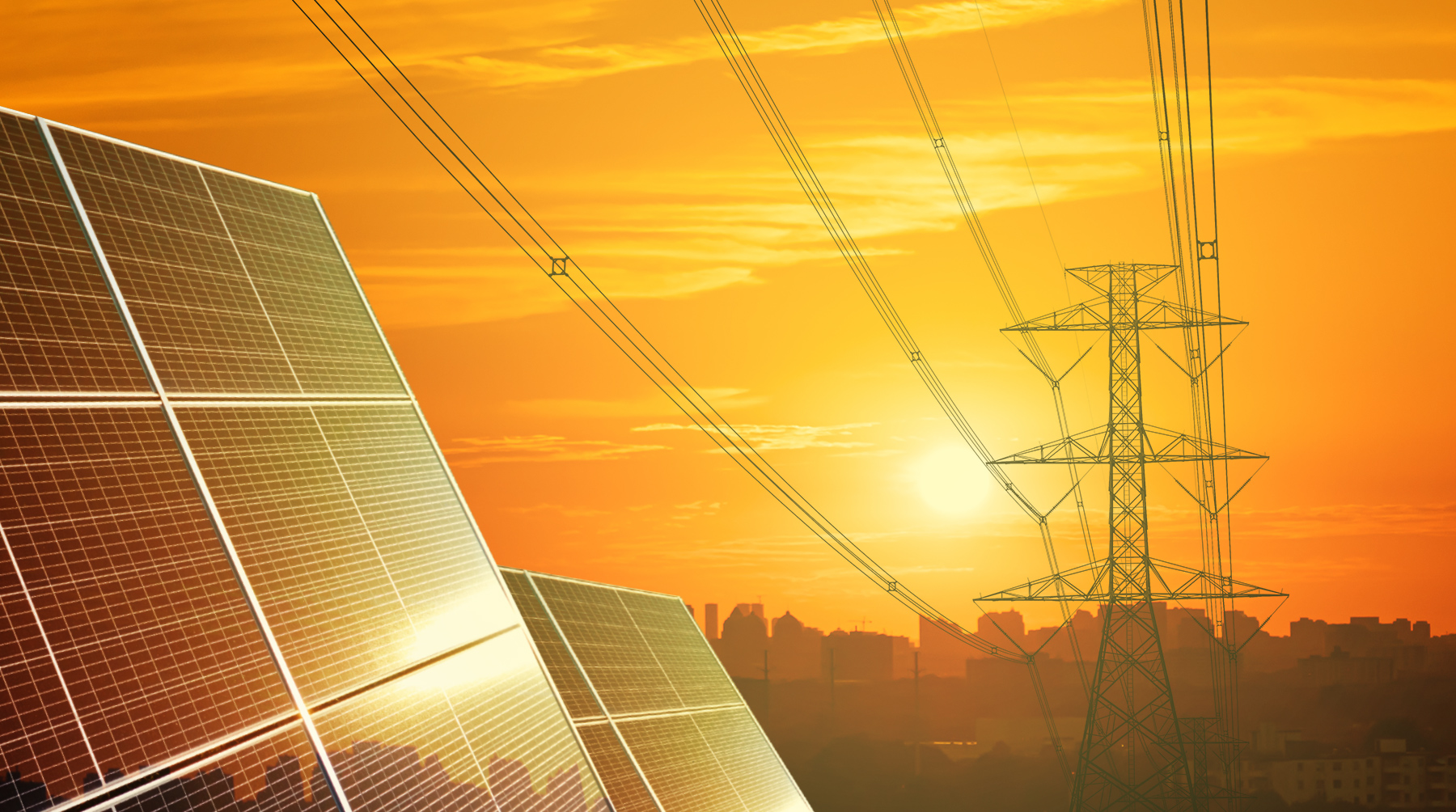By Ryan Wood, Head of Residential Sales at Evergen
As Australians settle into the new normal of remoteness due to coronavirus measures, now is a good time for households to rethink how to keep living costs down and minimise their carbon footprint. With many people now working (and schooling) from home, this is in turn impacting home energy bills. Australia’s energy consumption continues to rise – energy consumption rose by 0.9% in 2017-18 – its highest ever level (1), and average bills and effective prices are substantially more than 10 years ago – up around 20% since 2007-08 (2). In Victoria alone, residential energy consumption increased by 14% during March (3).
Families must now explore new ways to be more savvy, sustainable and economical, whether the new workspace is the kitchen table, spare room or a make-shift desk in the bedroom. As experts in sustainable living and renewable energy software we have helped thousands of everyday Australians live a more economical and ‘greener’ lifestyle. Our clients tell us that one of the biggest concerns for Australians is electricity prices and with the new financial year looming, households are overdue on a budget overhaul.
Staying indoors presents an opportunity to start homesteading to become more energy self-sufficient in the home – the new working and learning environment – to reduce energy bills and save money. Evergen has outlined a number of simple and creative changes to make the new home office and entire home a green one. From phantom power to home gardens, families can adopt these approaches which can make a difference to the bank balance and improve quality of living in the time of coronavirus and beyond.
1. Lighting
With daylight savings now over, your lighting situation may have to be altered to suit your new work setting and living space. Observe your environment over the coming days and weeks and notice how you move around your house during the day. Turn off lights when not required and remove any unnecessary bulbs for the room or task. If you are working at your desk and you don’t need to light the whole room, you can use a lower watt CFL desk lamp.
By switching to energy efficient lighting, such as LED, families could cut their lighting costs in half. LED lights are extremely efficient, using only 2-17 watts of electricity, lasting up to five times longer than other types of light bulbs. They are also mercury free, unlike Compact Fluorescent Lights (CFLs). Apps such as the Light Bulb Saver app can help you to compare your options. Another great option, which is ideal for soft lighting in the home, are Himalayan Salt Lamps, which cleanse and deodorise the air.
2. Computers and electronics
Coming hand-in-hand with the new home office setup is the power that computers and electronics use. If you’re a Windows user, just set up your PC to ‘Hibernate’ overnight. Hibernate powers down your monitor to about 5 watts of energy and your PC to 2.3 watts – virtually the same as turning your PC off. If you use a Mac, simply use the ‘Sleep’ setting when away from the computer to save power and battery. You could even consider changing the power settings on your computer so that it will enter Sleep or Hibernate mode when you are away from the computer automatically.
Have you heard of phantom power?
All pieces of equipment plugged in will drain some energy – this is commonly referred to as standby electricity loss and is also known as ‘phantom’ or ‘vampire’ electricity (for obvious reasons). Chargers for phones, digital cameras, power tools and other devices, as well as appliances like televisions, computer monitors and gaming consoles, can also draw power when they are plugged into an outlet, even when turned off or not in use. Altogether, phantom energy can account for about 10% of an individual home’s electricity use.
3. Temperature
Another way to reduce your energy usage is to control the temperature of your environment. To maximise energy efficiency, it is important to keep your home at steady temperatures for longer periods of time. Seal up any air leaks you can identify such as around attic openings or under doors (using a door snake) and set your ceiling fans in a clockwise direction to heat your rooms in winter and cooler months. Ceiling fans are now available with an Energy Star rating which can be up to 50% more energy efficient than conventional units.
Windows are another place where heat and cool air can be lost. Open blinds on the north side to let sunlight in and help keep rooms warm. Close blinds at night to reduce heat loss. Retractable awnings can reduce the amount of heat entering your home during the Summer months, especially in areas that receive direct sunlight. Awnings can reduce household cooling energy by as much as 26% in hot climates and 33% in cold climates.
4. Washing
Your biggest opportunity for savings is to use less hot water. A family of four each showering for five minutes a day can use 2,650 litres of water per week – a three-year drinking water supply for one person! Water-conserving showerheads and faucet aerators can cut hot water use in half. That same family of four can save 52,000 litres of water a year and the energy required to heat it.
Try to air dry your clothes as much as possible. Air drying clothes for just six months a year can save 700 pounds of carbon dioxide release, not to mention the savings on your energy bill. Consider using appliances such as washing machines, dryers, or dishwashers at off-peak times. Off-peak times are typically from 9.00pm to 7.00am. If you do need to use your dryer, dry multiple loads in quick succession to take advantage of residual heat.
5. Refrigerator
Working from home and staying indoors means eating from home more as well, in turn, spending more time in and around our refrigerators. A simple trick to try is to stop opening the fridge door as regularly. If a refrigerator has an Energy Savings setting, use it. The harder your fridge or freezer has to work, the more energy it will consume. But with a little simple maintenance, you can greatly decrease the load that is placed on your fridge.
Keep your fridge full. Fridges and freezers are more efficient when full and in the event of a power outage, they’ll hold the temperature for twice as long as if half full. Just make sure that you don’t overfill; leave some room for cool air to circulate. Let hot foods cool to room temperature before you put them in the fridge or freezer. Use glass for storage as it holds cold better than other materials and keep liquids and foods covered. Storing food in glass containers keeps it cold longer. The more coolness the refrigerator or freezer can maintain, the less it needs to produce.
6. Growing your own produce
Growing your own fruits and vegetables has become increasingly popular during isolation. Not only does it provide a source of fresh fruit and vegetables for your family, it also provides a great outdoor activity away from screens.
If you don’t have a backyard, window farming is becoming very popular, allowing you to grow plants, herbs and some fruits or vegetables using a vertical hydroponic system – which involves tubes, pumps, a container and timer to grow the plants. These systems can hold around 30 plants without taking up too much space.



